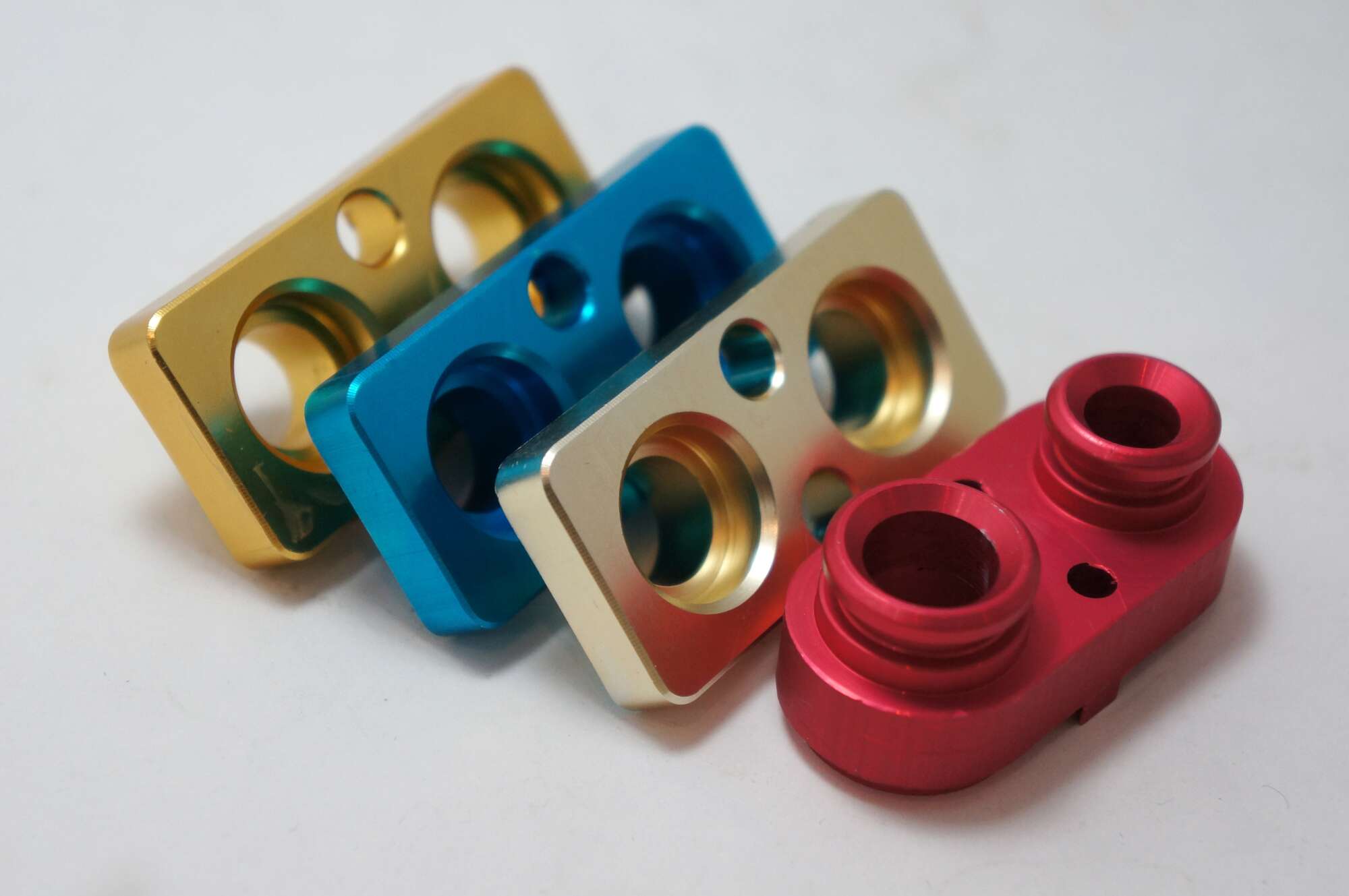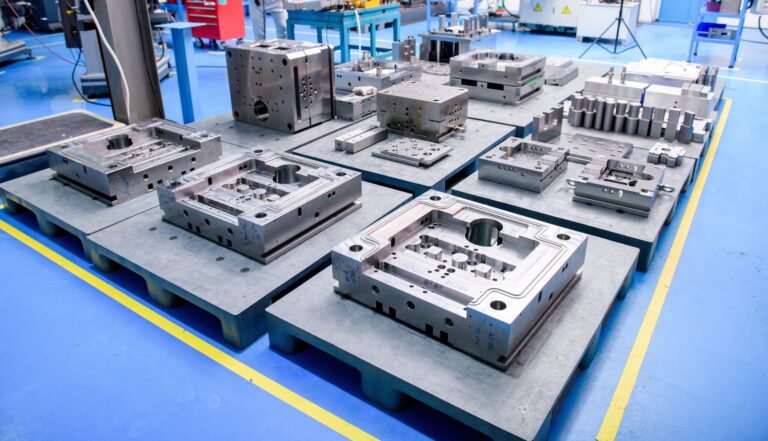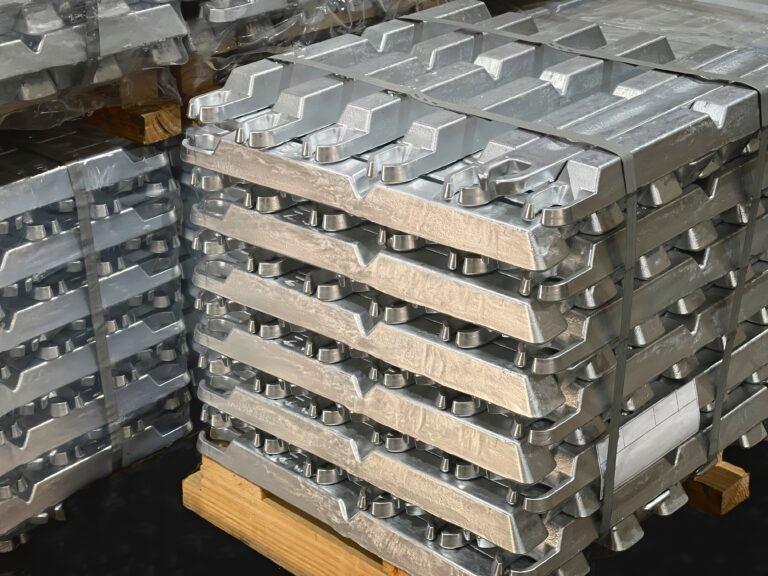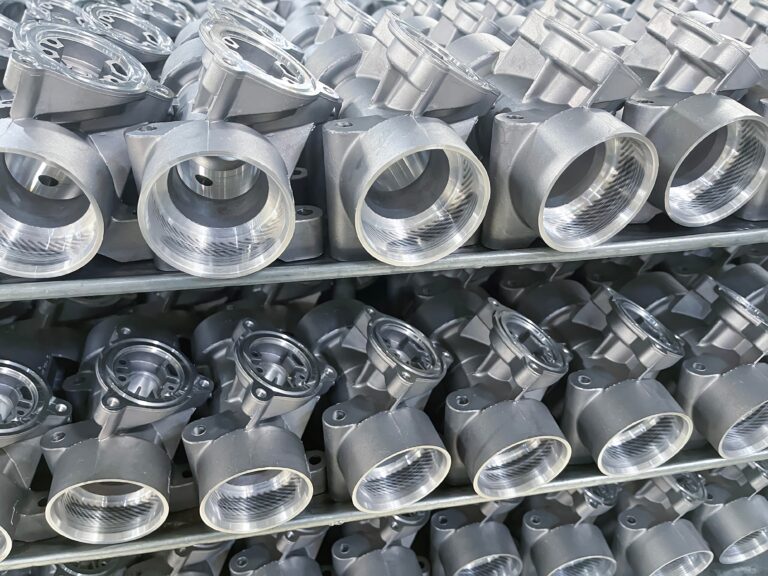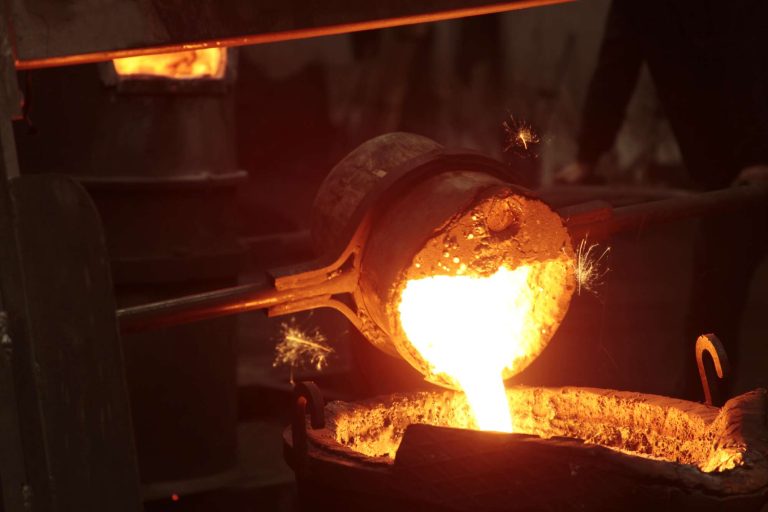KenWalt’s Die Casting Process includes vacuum-assisted methods that evacuate air from the mold just before and during metal injection to reduce porosity.
Porosity compromises part strength, weakens surfaces, and increases costly scrap rates. It often arises from air trapped during injection, uneven solidification, or turbulence during metal flow. Detecting these flaws after machining or coating can delay production, cause components to fail, and drive up costs.
Our vacuum-assisted process proactively produces castings that are denser, stronger, and virtually free of air-related defects.
How KenWalt’s Vacuum-Assisted Die Cast Process Works
Our process removes trapped air at key steps in the casting cycle. Vacuum chambers draw air out of both the shot sleeve and the mold cavity before the molten metal enters. This creates a low-pressure environment where the metal can flow cleanly, filling tight geometries without turbulence or air pockets.
The vacuum eliminates the buildup of pressure that occurs in typical casting when the metal is forced into the mold without removing the air filling the cavity. In our process, the vacuum remains active through the entire injection cycle to ensure that newly flowing metal fills cavities without air resistance.
Measurable Gains from KenWalt’s High Volume Process
This vacuum-assisted technique brings clear improvements:
- Reduced porosity
With vacuum assistance, trapped air in the metal is drawn out before injection. That gives your parts exceptional density and ensures critical areas stay solid instead of porous. Denser castings are not only stronger but also resist stress and fatigue far better than typical cast parts. - Improved mechanical performance
Evacuating air creates an uptick in yield strength and a boost in elongation. That means your parts are stronger and handle more load, especially under harsh conditions. - Cleaner surfaces, fewer defects
Removing air before casting prevents blemishes like blistering, pinholes, or rough areas. That leads to smoother surfaces, meaning fewer rejected parts during finishing, ultimately saving time, labor, and cost. - Extended tooling lifespan
When the metal fills the mold more uniformly and with less trapped air, internal pressure drops, which significantly reduces mold wear. For you, that translates to longer die lifespan, fewer repairs, smoother production runs, and lower costs.
KenWalt’s Commitment to Control and Quality
We also embed quality assurance throughout each phase of our high-volume die casting process. Vacuum-assisted casting prototypes highlight opportunities for tooling refinement early. When a prototype enters the die casting stage, the engineering team already has clarity on design needs, metal behavior, and potential correction areas.
Once parts move into CNC machining, we apply precise, computer-controlled tools to refine surfaces, ensure exact dimensions, and prep the component for its end use. This machining step checks any remaining variance, delivers tight tolerances, and prepares parts for finishing processes like anodizing, plating, or powder coating.
By keeping finishing, labeling, and packaging in-house, we preserve yield and minimize handling risk. Our assembly team uses custom inserts and secure pack methods to ready components for shipping or installation while maintaining integrity with every layer of quality control.
This fully integrated process offers unmatched traceability. If there’s ever a question about a part, we can track back to its cast date, mold version, machining journal, finishing batch, and who handled the packaging. That single-source accountability throughout ensures clients receive consistent, high-quality parts every time.
What It Means for You
When KenWalt applies vacuum-assisted casting, you get parts that are denser, stronger, and ready for machining, plating, or assembly, without surprises or reworking sub-par parts. This process lets us cast thinner, complex shapes with more consistency and reliability.
Ready to Make Higher-Quality Die Casting?
Contact us to explore how our vacuum-assisted die casting process can support your project goals.
